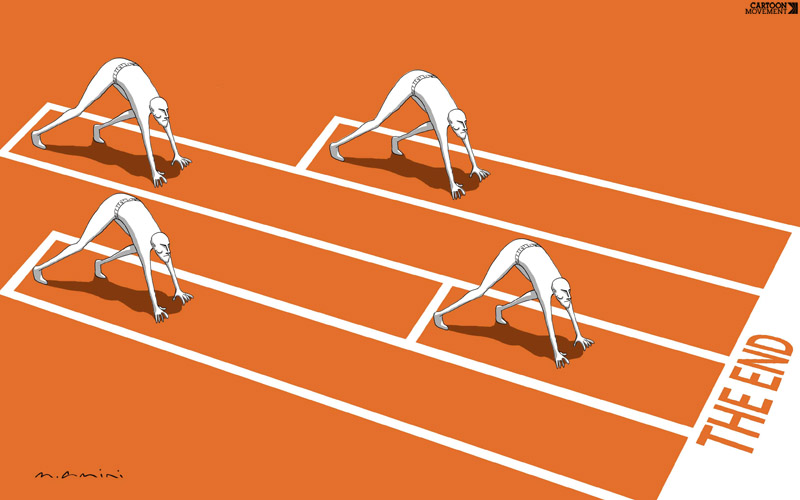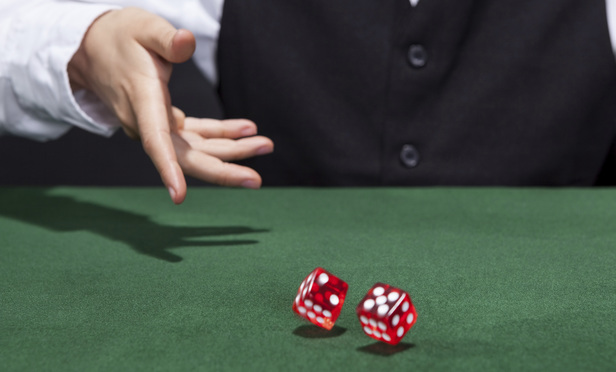Product Dice - The Sequel to Sum Dice
Players: 2
Ages: 7 and up
Cost: Free!
Math Ideas: Multiplication, probability, number theory
Questions to Ask:
If I roll a 3, what numbers do you hope to roll?
What makes this game different from Sum Dice?
Is this game fair? Why or why not?
So last week, I wrote about Sum Dice, a simple and quick game that can be quite a fun introduction into the concept of fairness.
What makes a game fair? Essentially, a fair game should be one where both players have an equal chance of winning. Sometimes people like playing an unfair game, such as blackjack, because they can "beat the odds" and get the adrenaline rush of winning when they should have lost.
But mostly, people like to play fair games, and they definitely hate playing a game that seems fair but is actually rigged in one way of another.
So that's why Product Dice is such a fun and devilish game to play, once your child has played and thought about Sum Dice.
How to Play
Remember how Sum Dice works? One player is Evens and the other player is Odds. They roll two dice and then add the numbers. If the sum is even, Evens gets a point. If the sum is odd, Odds gets a point.
Product Dice is exactly the same, except instead of adding the two numbers, you multiply them together. Then you award points in the same way: an even product is a point for Evens, while an odd product is a point for Odds.
So if you've played Sum Dice, you're wondering what makes them so different. I mean, sure, one involves addition and the other involves multiplication, but otherwise, how are they different?
Your child will probably be wondering the same thing! So tell them to trust you and play the game out. Just make sure you pick Evens...
Where's the Math?
If you play the game ten or twenty quick times, you'll probably start to notice that Evens is probably winning! No doubt your kid is picking up on this as well and is wondering just what the heck is going on.
It seems strange, right? Sum Dice, which is almost the same game, was totally fair, as we proved last week. And yet there is something deep and important about multiplication that makes this game rigged. Check it out:
Let's say you roll a 1 with the green die. Now you roll the red die. If you roll one of the three odd numbers (1, 3, 5), the product will be odd. If you roll one of the three even numbers (2, 4, 6), the product will be even. Fair so far, right?
Now let's say you roll a 2 with the green die. No matter what you roll with the red die, the product will be even. After all, any whole number multiplied by 2 will result in an even product.
So it's hard to roll an odd product! If you roll an odd number with both dice, then the product will be odd. Any other outcome (green is even, red is even, both are even) will result in an even product. As a result, the Odds player will only get a point 25% of the time!
The properties of even and odd numbers are a delight to explore, especially in the context of games. These explorations also give your child an elementary version of a topic that mathematicians call number theory, which explores more complex versions of these same patterns and properties..
Once you and your child have explored Product Dice, next comes the best part - getting your kid to challenge an older sibling or a grandparent to a game! Your kid will love nothing more than explaining the rules to their grandfather and then sneakily saying "Let's play! I'll be Evens." [smirks devilishly]
Questions to Ask
You can set up the game beautifully by asking a couple of simple questions before you ever pick up the dice. First, I'd ask "What makes this game different from Sum Dice?" You want your child to stretch their muscles of comparing and contrasting, and hopefully they'll draw some basic connections between the games.
Then you can ask "So is Product Dice fair?" I did this in my games elective recently, and every student in the room was utterly convinced that the game was fair. Of course, I'd primed them to think that way, based on how similar the game was to Sum Dice. Mr. Haines can be a real jerk sometimes...
Anyway, once you start playing, you will start getting "lucky," while your poor child is stuck winning 1 out of every 4 rounds, on average. At some point, it's worth asking your child "Am I just getting lucky, or is this game actually unfair?"
Once you've broached the subject, you and your child can explore the probability of even and odd products together. You can use the explanation I provided above, or you can do a more exhaustive list of all the possible combinations of number rolls. To help you out, I've shared a version in this email. Your child will recognize it as the times tables for all numbers up to 6.
Don't forget the most important question: "Who do you want to trick into playing this game?" Your child will love showing off the math that they've learned, and by explaining the way that the game is rigged, they'll learn the concept even more deeply.
I hope you've enjoyed this one-two punch of quick, free games. To be honest, my kids are a bit young to be multiplying, so I haven't gotten a chance to use these games outside my classroom. I'd love to hear how they go! If you ever want to share a story or a nice moment of mathematical play you had with your kids, you can always reply directly to this email. I'd love to hear about it.






